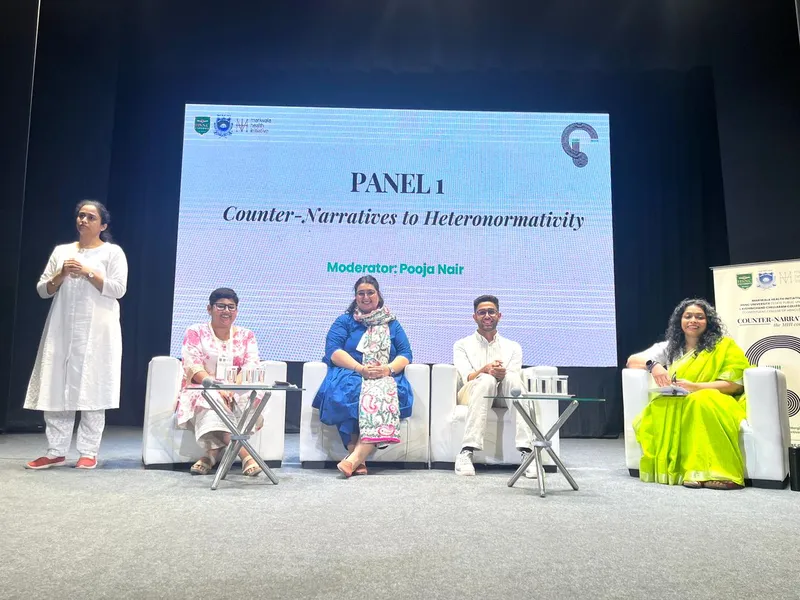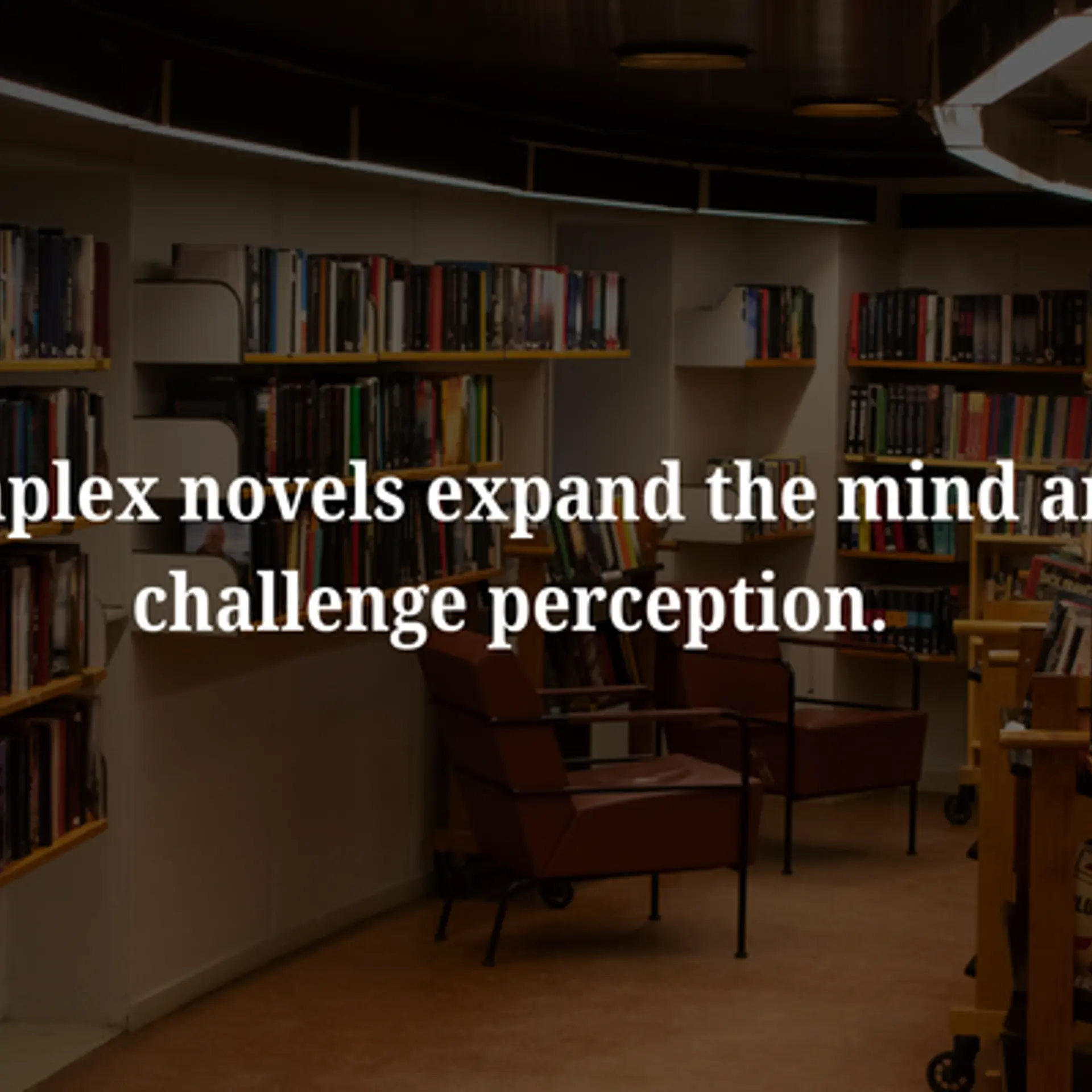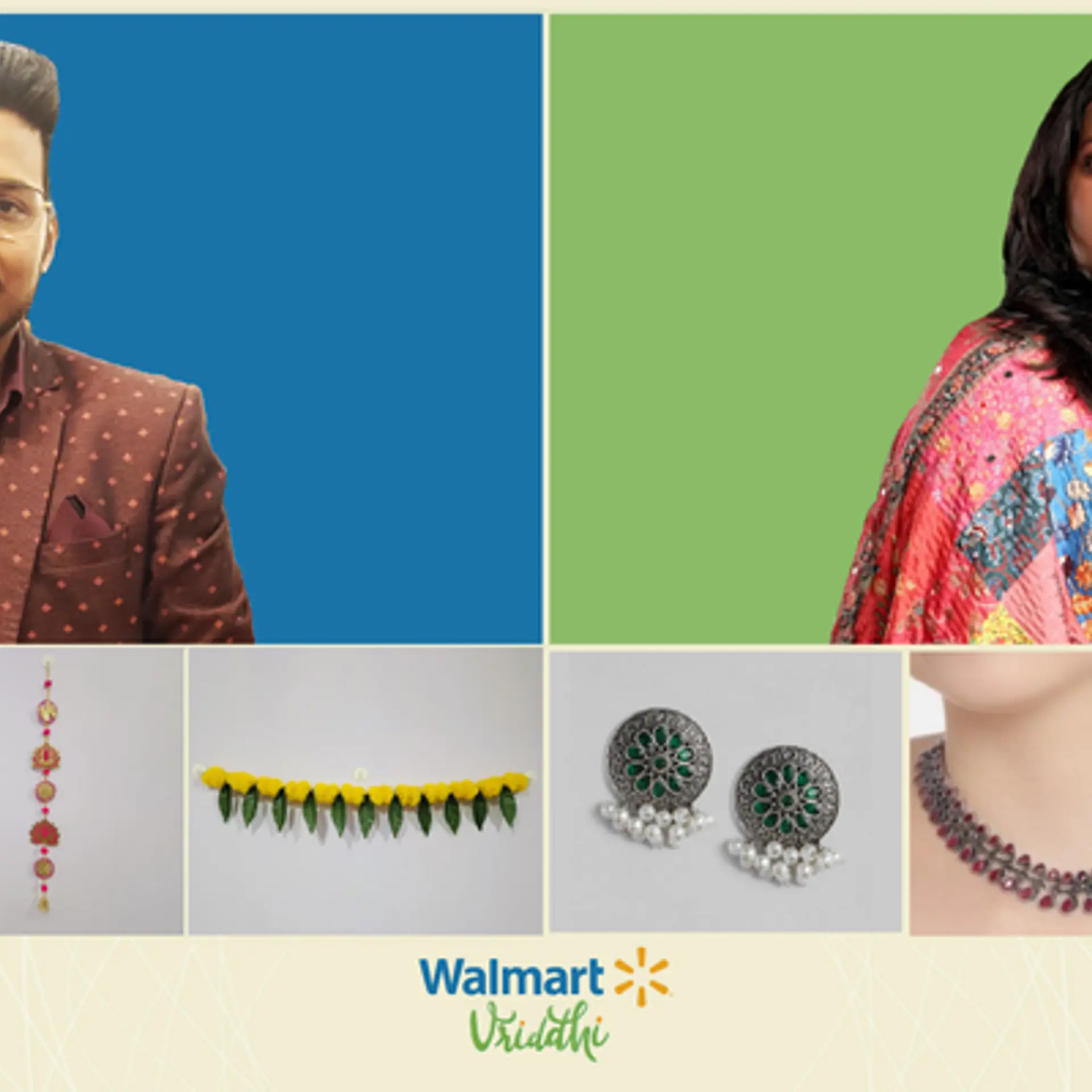Queer love in India: Of longing, survival, and romance in a straight world
Growing up, there are no handbooks for queer love—only a constant negotiation between longing and invisibility, gender dysphoria and social stigma, desire and the fear of being found out. Despite these odds, some LGBTQIA+ members believe love exists in the in-between—like the colours of a rainbow.
Every February, new movie releases pair off a man and a woman in a perfect love, social media turns into a Valentine’s Day spectacle, and jewellery and matrimonial ads flood our pages, telling us why the best time to propose is now. All hum the same tune: love is straight, love is aspirational, love leads to marriage.
But for India’s queer community—over 140 million strong, according to a new study by Godrej Industries Group, Radhika Piramal, and Keshav Suri Foundation—celebrating love on Valentine’s Day is more than just about companionship; it is a battle for survival—to exist, to be seen, to be oneself.
There’s no handbook for queer romance, only a constant negotiation between longing and invisibility, gender dysphoria and social stigma, desire and the fear of being found out.
“A society where marriage is deeply ingrained in the culture, conditions people to seek it by making it synonymous with success, stability, and social belonging. Even those who otherwise strive to be modern and progressive are not immune to this conditioning,” says Gulshan*, a millennial transman from Delhi.
He started studying to become a psychologist only to manage his mental health better.
“For me—as for others on the LGBTQIA+ spectrum—growing up as a teen was a daily struggle with gender dysphoria, social stigma, and familial pressure, all while longing for the same kind of love that is so effortlessly celebrated in the mainstream. It was lonely and isolating,” he says.
The desire for romance, companionship, and family is universal. But for queer individuals in India, it comes with the pressure to conform to a cis-heteronormative template of love, while also battling deep-seated violence, discrimination, and loneliness.
For many queer people, coming to terms with their gender and sexual identity is further delayed by the sheer absence of representation.
Mrittika Chatterjee, a researcher from Chhattisgarh, shares how she grew up assuming she was straight simply because she was never presented with an alternative.
"I didn’t always know I was queer. I thought heterosexuality was my only option. It wasn’t until I moved to Kolkata for college that I had access to the language, resources, and, most importantly, the community to understand my own identity," she says.
Chatterjee recalls how, like many others, she internalised heteronormative aspirations of love, marriage, and companionship, simply because they were the only models available. "When you’re constantly told that marriage and love are the ultimate goals in life, you start to want it too—whether or not it actually aligns with your desires," she says.
When love is a risk
In the quest for love and connection, members of the LGBTQIA+ community often turn to online platforms. However, there is the risk of catfishing—where individuals create deceptive identities to exploit others through violence, blackmail, and extortion.

(l-r) Queer mental health service providers Mrittika Chatterjee, Grishma Ashar, Siddharth Trigunayat and Pooja Nair at a conference by Mariwala Health Initiative on navigating life and relationships as LGBTQIA+ persons.
Grishma Ashar, a psychologist from Mumbai, who identifies as lesbian, matched with a woman on a dating app, only to later discover it was a trap by a “radical group” hunting down queer people. “I was lucky—I sensed something was wrong when I saw them at the meeting point, and left before anything happened. But when I mentioned this to some friends from the community, they identified the user name and recalled having had the same experiences," says Ashar.
But Dheeraj* a young gay man from Karaikal in Tamil Nadu, wasn’t so lucky. The 22-year-old was brutally attacked near the beach where he went to meet his ‘date’. Coming from an orthodox, lower-middle-class Christian family, Dheeraj and his friends from the community don’t have the luxury of privacy in their homes and often turn to ‘cruising spots’—public spaces where queer people, (mostly gay and bisexual men) seek anonymous or casual sexual encounters.
Dheeraj met with a man who took him to an isolated spot and called some friends and together; they beat him up badly before fleeing with his money and valuables.
"The people most vulnerable to blackmail and extortion are those who have not come out to their families or workplaces," says L Ramakrishnan from the public health NGO SAATHII. "Despite the decriminalisation of Section 377, coming out remains difficult for many queer individuals, and predators continue to exploit this fear and secrecy," he adds.
In India, the inability to legally marry compounds these challenges by denying queer individuals legal protections, social recognition, and relational stability. Without spousal rights, partners cannot make medical decisions for each other, inherit assets, or access joint financial benefits.
Many queer individuals are pressured into heterosexual unions, sometimes through emotional coercion, social ostracism, or even forced marriages. To make all this much worse, breakups are lonelier, and reconciliation is harder. Heterosexual couples can lean on legal frameworks like divorce, financial settlements, or even custody rights. Queer couples, often already estranged from their families, navigate emotional devastation in isolation.
"Cis-het people can move on from a breakup knowing they will eventually find someone else. For us, it’s different. Every queer relationship is an act of defiance, a fight for survival. When it ends, we don’t just lose a partner—we lose a lifeline, an anchor in a world that often refuses to accept us," says Ashar.
Arun, a transman activist from Chennai, says it's common to come across cases of young trans boys who have been abused and raped, trying to go out and socialise.
“This scars you for life, and it becomes almost impossible to seek or trust a remotely romantic relationship because you feel your very existence is a threat to you,” says Arun.
The intersection of love, caste, and gender
Living in a casteist society means discrimination for queer Dalit, Bahujan, and Adivasi individuals is intensified by layering structural oppression, social exclusion, and violence on an already marginalised existence. To them, love is also about surviving caste hierarchies that dictate who they can love, where they can exist, and whether their relationships are seen as legitimate.
"For a Dalit queer person, love is twice as risky. The violence we face isn’t just about gender; it’s about protecting caste hierarchies, about reminding us of where we 'belong,'" says a queer Dalit activist from Delhi who did not wish to be named. "I’ve been stood up and ghosted by gay men the moment I mentioned I was Dalit. Even in queer spaces, caste remains an unspoken barrier."
Love beyond the heteronormative
Despite the challenges, India’s queer community is carving out its own definitions of love—ones that do not rely on marriage, legal recognition, or societal approval.
Chatterjee says, "For me, queer love is not just about romance. It is about community. It is about finding a chosen family when your biological one rejects you. It is about friendships that sustain you, and about solidarity that keeps you alive."
Queer couples like Shruti Chakravarty and Pooja Nair—both LGBTQIA+ and mental health advocates—are actively documenting their relationships on social media, offering younger generations a vision of queer love that was once invisible. Their Instagram handle, @pawlyamorous, has over 18,000 followers.

Queer couple Shruti Chakravarty and Pooja Nair—both LGBTQIA+ and mental health advocates—are actively documenting their relationship on social media, offering younger generations a vision of queer love that was once invisible.
“Lesbian love blooms in everyday spaces—homes, schools, workplaces. What makes it invisible is the brutal separation of couples through forced heterosexual marriages, reproductive pressure, and even corrective rape,” says Chakravarti.
She and Nair, a cis gender lesbian couple from Mumbai, say they were only exposed to the heterosexual ways of forming relationships and even tried to replicate them in their younger years. However, they soon realised the segregation and inequality of gender roles between men and women. “We wanted to establish an equal interpersonal relationship and we intentionally negotiated it,” says Chakravarti.
“We decided we would create possibilities of a queer life that younger community members can access and create for themselves," says Nair.
(*Names have been changed on request)
Edited by Kanishk Singh






